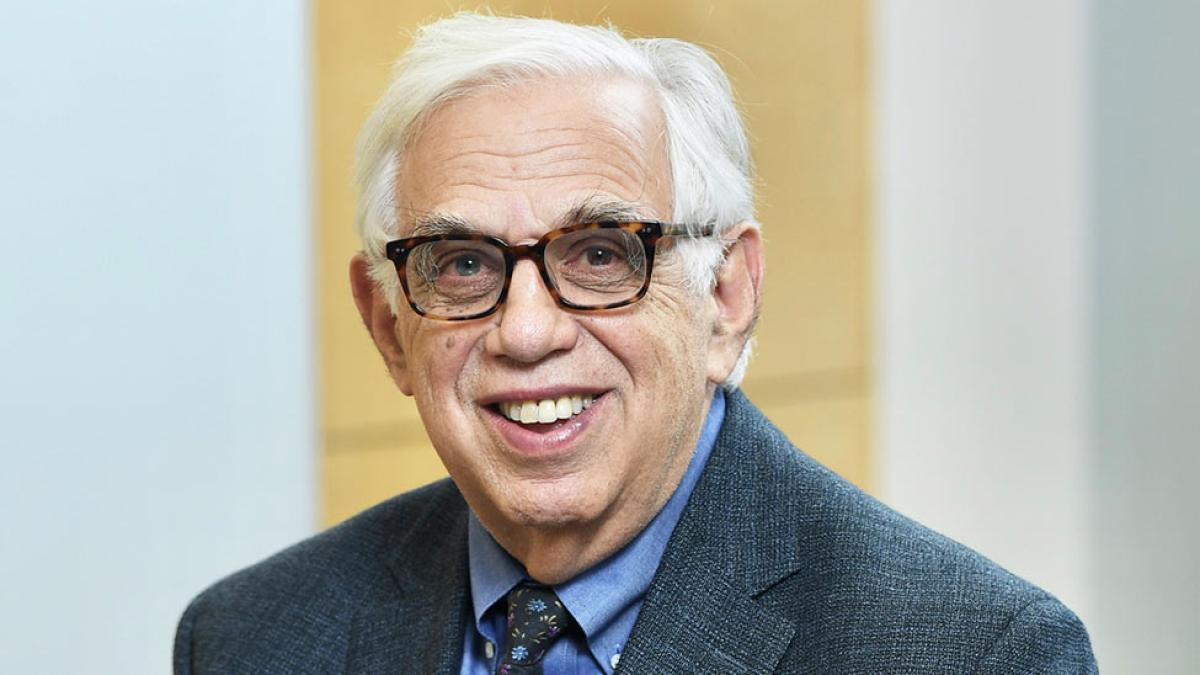Pace University: New Law Mandates Annual Judicial Prison Visits in New York

For over five decades, New York judges were required to visit a correctional facility every four years. Recent proposals from the state’s Office of Court Administration aim to tighten that rule, making an annual visit mandatory for judges who preside over criminal trials or detentions. The change would require each judge to conduct a detailed visit—including tours of intake, housing, medical, and food‑service areas—and to meet directly with incarcerated individuals.
Why the Proposal Matters for the Criminal Justice System
The current practice has yielded uneven compliance. Many judges perform a brief, pre‑arranged walkthrough rather than a substantive observation of prison life. The new mandate seeks to shift that dynamic, ensuring that judges gain firsthand experience of the environment in which their sentences will be carried out. By fostering a deeper understanding of facility conditions, judges may better calibrate sentencing decisions and recognize systemic challenges that affect both inmates and staff.
Key Components of the Mandate
Annual Visit Requirement
Every judicial officer must visit at least one state or local correctional facility each year. The schedule would span a range of facilities—prisons housing men, women and youth—making sure that judges are exposed to the full spectrum of correctional environments.
Structured Visit Protocols
The rule outlines minimum visit elements: touring major operational areas, reviewing intake procedures, observing recreation and mental‑health units, and meeting with incarcerated residents. The goal is to replace token, administrative tours with meaningful interactions that provide insight into daily realities.
Administrative and Logistical Support
Implementation may require additional court staff to coordinate schedules, arrange facility access, and manage communication between judges and correctional administrators. Courts will need to balance these new duties with existing caseloads, ensuring judges are available for their primary responsibilities.
Potential Challenges and Statewide Impact
There are concerns about the logistical burden on an already stretched court system. Judges will need to take at least one day away from docket work, and administration may need to hire personnel to orchestrate visits. Some court officials warn that the new rule could slow proceedings slightly, but proponents argue that the benefits—greater transparency, enhanced public trust, and improved sentencing—outweigh these temporary inconveniences.
Next Steps for the Reform
The proposal was released for public comment on September 21 and remains open until November 21. Interested parties can submit feedback via email to [email protected] or by mail to the Office of Court Administration. If adopted, the rule would take effect on January 1, 2027, giving courts a window to adjust procedures.
How Pace University Is Involved
Michael Mushlin, a professor emeritus at the Elizabeth Haub School of Law at Pace University, led the subcommittee that drafted the proposal. His advocacy underscores Pace’s commitment to criminal‑justice education and policy research. Scholars at Pace are actively studying the impact of judicial visits on sentencing patterns and correctional reform outcomes.
Get Involved and Stay Informed
Legal professionals, policy makers, and community stakeholders can play a key role in shaping how the justice system functions. For more information on the proposed rule, consider submitting your thoughts or attending a briefing session. Below are practical next steps:
- Submit feedback on the proposed rule today.
- Explore court program resources to prepare for future changes.
- Discover Pace University criminal‑justice research and offerings.
- Contact your local judicial clerk for details on how the new schedule may affect your docket.
- Follow the Office of Court Administration on social media for live updates on implementation.
By engaging early with this policy shift, you help ensure that the new visit requirement strengthens rather than interrupts the judicial workflow and moves New York toward a more transparent, fair, and informed criminal‑justice system.

